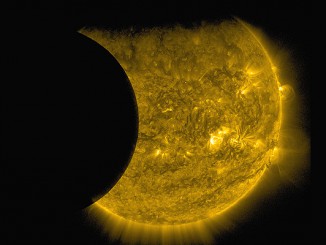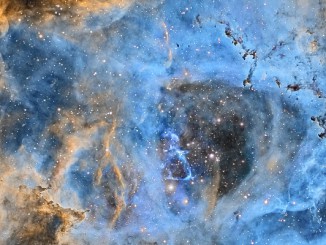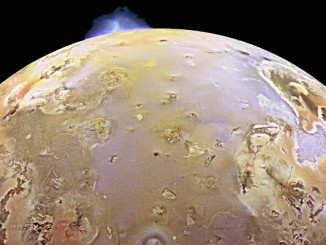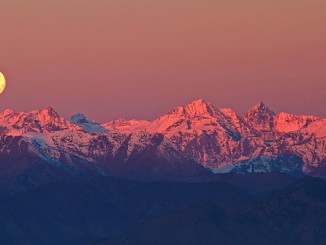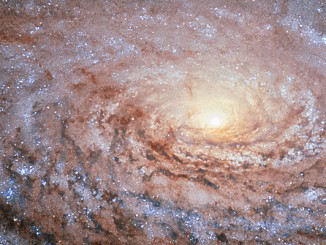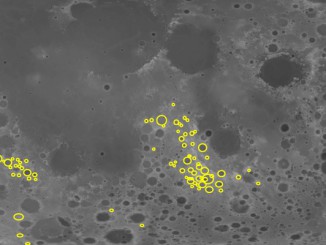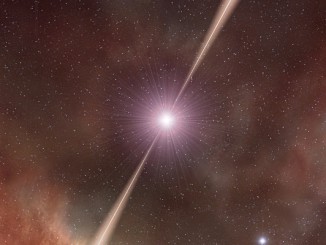
Shocks in a distant gamma-ray burst
Gamma ray bursts (GRBs) — flashes of high-energy light occurring about once a day, randomly, from around the sky — are the brightest events in the known universe. While a burst is underway, it is many millions of times brighter than an entire galaxy. Astronomers are anxious to decipher their nature as their tremendous brightness opens windows into the young universe.


